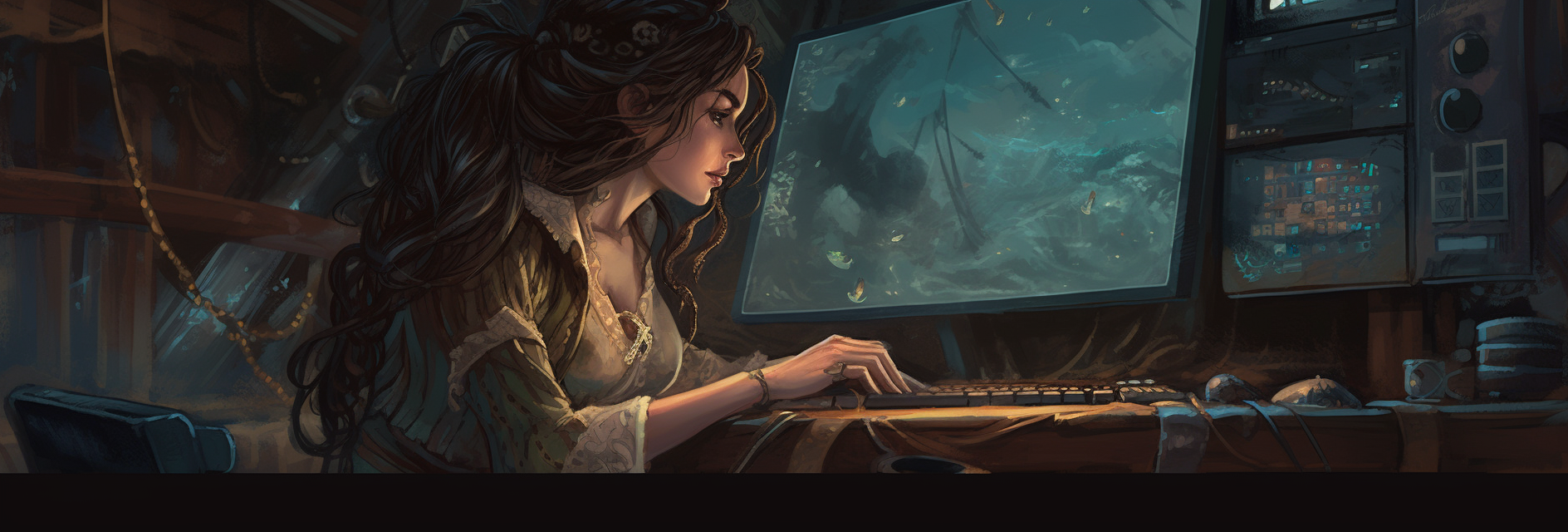Deleting Branches

Ahoy there, mateys! In the world of Git, branches are an essential tool for keeping your codebase organized and allowing you to work on different features or fixes simultaneously. But what happens when a branch has served its purpose, and it’s time to say goodbye? That’s where deleting a branch comes in handy.
Deleting a Branch That Is No Longer Needed
Sometimes, a branch is no longer needed because it has been merged into the main branch, or perhaps the feature it was created for has been abandoned. In any case, deleting the branch is a quick and easy way to keep your repository tidy.
To delete a branch, you can use the git branch -d command, followed by the name of the branch you want to delete. For example, if you have a branch called “feature-X” that is no longer needed, you can delete it with the following command:
git branch -d feature-X
If the branch you want to delete has not been merged yet, Git will warn you and prevent you from deleting it with the -d option. In this case, you can use the -D option instead, which forces Git to delete the branch, regardless of whether it has been merged or not. Use this option with caution, as it can result in the loss of commits.
git branch -D feature-X
It’s important to note that deleting a branch only removes the branch reference, not the commits themselves. If you have already merged the branch into another branch, those commits will still exist in the history.
Conclusion
And there you have it, me hearties! Deleting a branch is a simple and effective way to keep your Git repository organized and free from clutter. Remember to use the -d option to delete branches that have been merged, and the -D option for those that haven’t. Keep on sailing and exploring the world of Git, and don’t forget to keep your codebase ship-shape! Arrr!